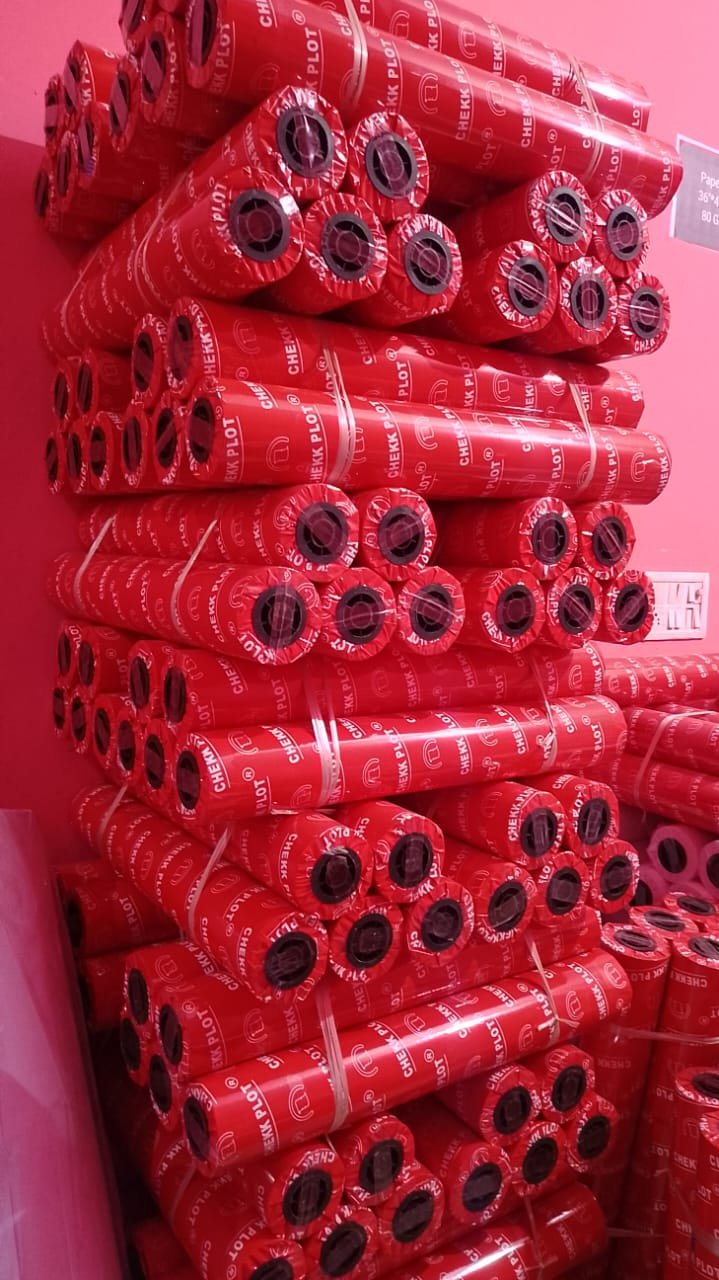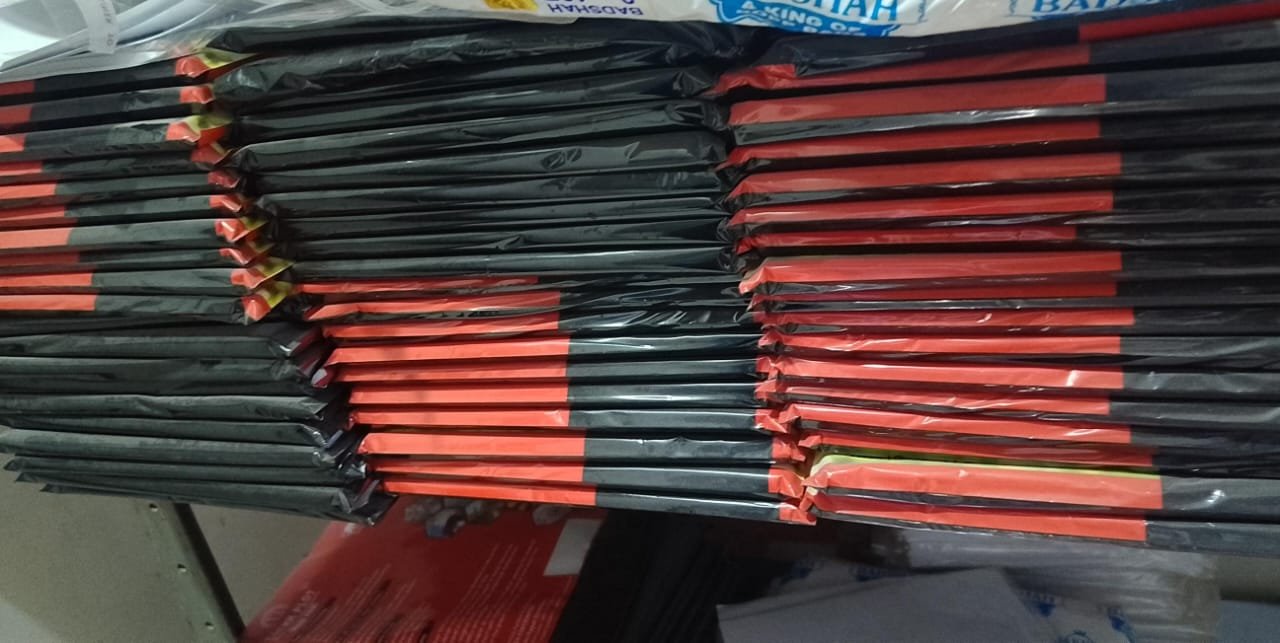





About Us

Paper is a thin sheet usually manufactured from cellulose pulp derived from wood and other lignocellulosic materials such as cotton, rice or wheat straw for writing, printing and packaging purposes. Some of the important production processes and properties of different kind of papers will be reviewed in this fact sheet.
The first step in a typical paper manufacturing process is to produce pulp from wood chip. Softwoods, such as spruce and pine with slender, strong and elastic fibers, are most commonly used species in North America. In general, pulp, which is the raw material of paper, can be manufactured using two methods: chemical pulping or mechanical pulping.
The first one involves breaking down the chemical structure of lignin into a liquid using different chemicals, including sodium hydroxide and sodium sulfide. Cooking liquor is a by-product of the production, which is washed from cellulose fibers to produce pulp. Chemical pulping is used to produce higher quality paper with more expensive production cost than that of mechanical pulping.
Mechanical pulping can further be classified into two subgroups, namely ground pulping and thermo-mechanical pulp (TMP) that does not remove lignin from the fibers in contrast to chemical pulping. In both methods chips are simply fed into a refiner to disintegrate and to convert the material into fiber bundles. The refiners are consisted of steam-heated rotating steel discs having different types of profiles. The final product of TMP is unbleached, dark pulp with short-length fibers. The main advantage of this kind of pulp is it has a higher yield than that of chemical pulping. The second one is a more commonly used method to produce paper with low strength properties
It is believed that paper originated in China in the 2nd century as alternative writing material to silk. Production of paper was introduced to Europe in the 12th century. Almost 200 years of mechanized production of paper resulted in significant changes in information networking all over the world.
When you order printing, the difference between matte and glossy paper is the “shininess” of the paper. This difference between glossy and matte is most apparent when you flip the sheets of paper under the light. While matte paper has a more muted feel, glossy sheets will have a strong sheen that gives it a shiny appearance. Both results are due to their coating and the way they reflect light.
This article looks into the differences between what is matte paper vs. glossy paper to help you make the right choice for your print materials. We’ll help you understand the physical difference between glossy and matte (by explaining the manufacturing), and how to choose the best paper based on the files you have to print.
The biggest factor when you choose between matte and glossy paper is the kinds of content that you’re printing. How many photographs, graphic designs/illustrations, and articles of text do you have in your prints?
Matte vs glossy paper are coated sheets that appear smooth. Gloss (left) appears smoother and shinier than matte (right).v
Matte and gloss paper are coated sheets that appear smooth. Gloss (left) appears smoother and shinier than matte (right).
The main difference between glossy and matte is that glossy photo paper is shinier—this makes the color in your image “pop” on the sheet. The glossy finish enhances the color in the photo, creating a more vibrant image. The extra shine works well on print files with heavy color coverage, especially photographs and big graphics. This effect also makes the color on the photo prints look like they have higher contrast. This is a great option for large print materials that feature bright colors and fun graphics.
Matte printing paper has a more muted feel to it. This can be used to great effect in designs with a light or pastel color scheme, and in designs with a great deal of text on it. Also, Black & White photos tend to look better printed with a matte finish. Because matte paper changes less under the light, they also have more of a “flat” feel than gloss sheets. If the final product is intended to be written on with a ballpoint pen, then matte is the recommended paper type. Thanks to the texture and more natural feel of matte paper, it can make print materials seem more professional.
Chekk Plot
Super FIne Printing
Full tonal gradation Special coating for colour printing Sharp reproduction of small characters Perfect colour saturation and long lasting
For all type of inkjet printers
For all inkjet printers Awesome photo quality printing Suitable for high resolution printers
Easy to use
Excellent ink absorption Smooth glossy surface Water Resistant
Notes
Follow the instruction manual attached to your printer to obtain your favorite colour or tone. Be careful not to bend the paper or break the surface The original plastic envelope avoids high temperature. humidity and sunlight. Use paper as soon as possible after opening the envelope Contact with highlighters, wet hands and sweat may cause the paper to change colour.
Check plot is an Indian paper manufacturing company, that specialises in plotter paper , glossy paper , and matt paper . It was founded in 1972 by Mr. Ramesh lal Narula in New Delhi, India. Now the company is managed and operating by his son Mr. Naveen Narula.
Benefits
A4 210 x 297
Look and feel of a real photograph
Water Resistant
Creating superb photographic images
Best Photo Quality
Get amazing photo quality
Smooth Glossy Surface
Super whiteness & Smooth like butter
Paper
Glossy Paper
Related Article: Glossy Paper for creating in-house brochures. Glossy Paper refers to any coated papers designed to present an ultra-smooth to shiny appearance. Applications include brochures, advertising, flyers, one sheets, photographic printing and other presentation documents
Glossy PaperGlossy
There is an enormous variety of glossy paper, but essentially it all falls into two categories: photo-gloss (mirror-like sheen) and soft-gloss (magazine-page sheen). Other considerations for choosing a glossy paper amount to paper size availability, compatibility with your printer, and preference.
Color-Laser compatibility
It's also important to note that it is easy to confuse offset glossy papers (used by commercial printers) with laser glossy papers. These are not color laser compatible and will usually bubble or melt in color laser printers.
Laser High Gloss
Maximum visual impact and color-image accuracy. Unlike inkjet photo paper, this product employs a cast-coated process which is compatible with color laser printers. It provides a comparable counterpart to inkjet photo paper.
Gloss
For laser and color laser printers, Laser Gloss is the ideal choice for two-sided glossy paper applications such as folded brochures. Refer to the soft gloss papers in the next section for other alternatives. However, a high-quality magazine-like appearance is best provided by Laser Gloss below. For inkjet printers, the equivalent to Laser Gloss is HP Brochure and Flyer Paper.
Laser Gloss
Laser Gloss is a glossy paper that is an ideal choice for flyers, two-sided brochures and similar applications. It is an improved soft gloss with a glossier appearance. The product exists because of customer demand for a glossier brochure paper and was made possible by a more advanced paper manufacturing technique. It most closely resembles high quality magazine paper.
Refer to Laser High Gloss in thicknesses of 32 lb.
Inkjet Premium Gloss Maximum visual impact and accurate color reproduction. This is a 10 mil thick true photographic glossy paper. Check your printer's specifications for compatibility with this thickness. Refer to Inkjet Premium Gloss.
Soft Gloss
For Laser and Color Laser Printers... Soft gloss papers also provide a magazine-like, less expensive glossy paper forbrochures, flyers, corporate reports and similar applications. It is intended to equal the high-impact print results of a professional printing service.
58 lb. Soft Gloss
If you prefer a heavier weight, such as for a single-sheet folded brochure, a 58 lb. soft gloss is available. This paper has a look and feel that is comparable to HP Soft Gloss, but in a heavier weight. It is color laser compatible. Available in a range of sizes up to 12 x 18. Product details: size and price chart for 58 lb. Soft Gloss.
HP Proofing Gloss
HP Proofing Gloss is a unique solution intended for presentations and design work when a realistic final "proof" is needed. It is for short-term applications only. For more details, refer to the product page.
HP Brochure and Flyer Paper
HP Brochure and Flyer Paper is one of the few glossy inkjet brochure papers available at a reasonable price. It is thin enough to be folded with a glossy appearance similar to a high-quality magazine paper. It is available in 8.5 x 11 and 11 x 17 from Hewlett Packard and available from Graytex in 8.5 x 14. Refer to the product page for details.
Photo-Gloss
Photo-gloss, glossy paper for photographic printing, provides a maximum glossy appearance and the highest resolution accuracy of printed images.

Our Vision
Our vision at Chekk Plot is to be the leading provider of image printing services, known for our unwavering commitment to quality, innovation, and customer service. We envision a future where every individual has access to the tools and expertise needed to preserve and showcase their most cherished memories and creative endeavors. By fostering a culture of continuous improvement and investing in our people and technology, we aim to set new standards of excellence in the image printing industry while enriching the lives of our customers and communities.
Our Mission
At Chekk Plot, our mission is to empower individuals and businesses to bring their visions to life through exceptional image printing services. We are committed to delivering the highest quality prints, utilizing cutting-edge technology and craftsmanship to exceed our customers’ expectations. With a focus on collaboration, creativity, and customer satisfaction, we strive to become the premier destination for those seeking to transform their images into timeless works of art.

Products
















Get In Touch With Us!
Phone
Address
Plot No. A-1, 174, Swadeshi Compound, Kavi Nagar Industrial Area Sector-17 Ghaziabad, Uttar Pradesh-201002























